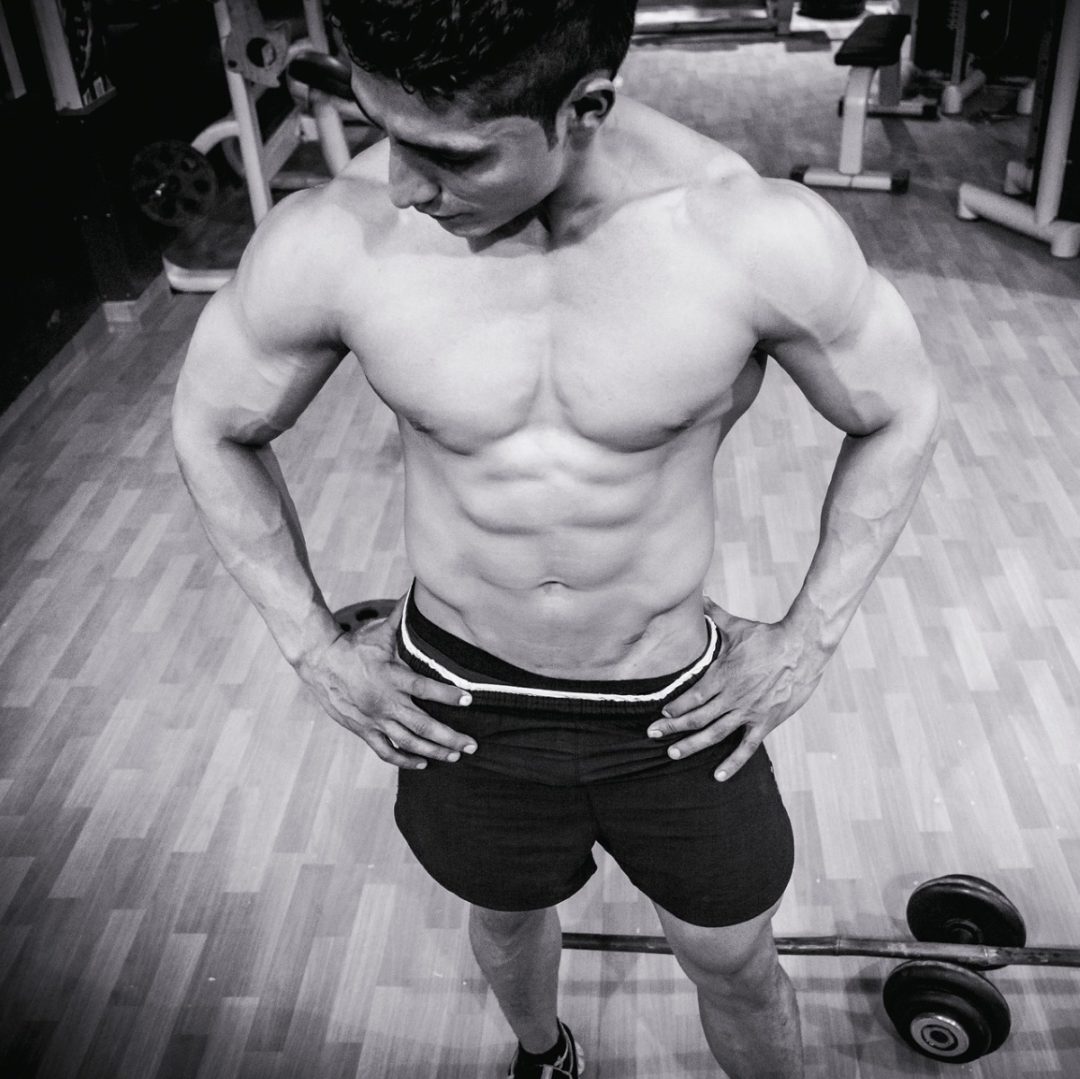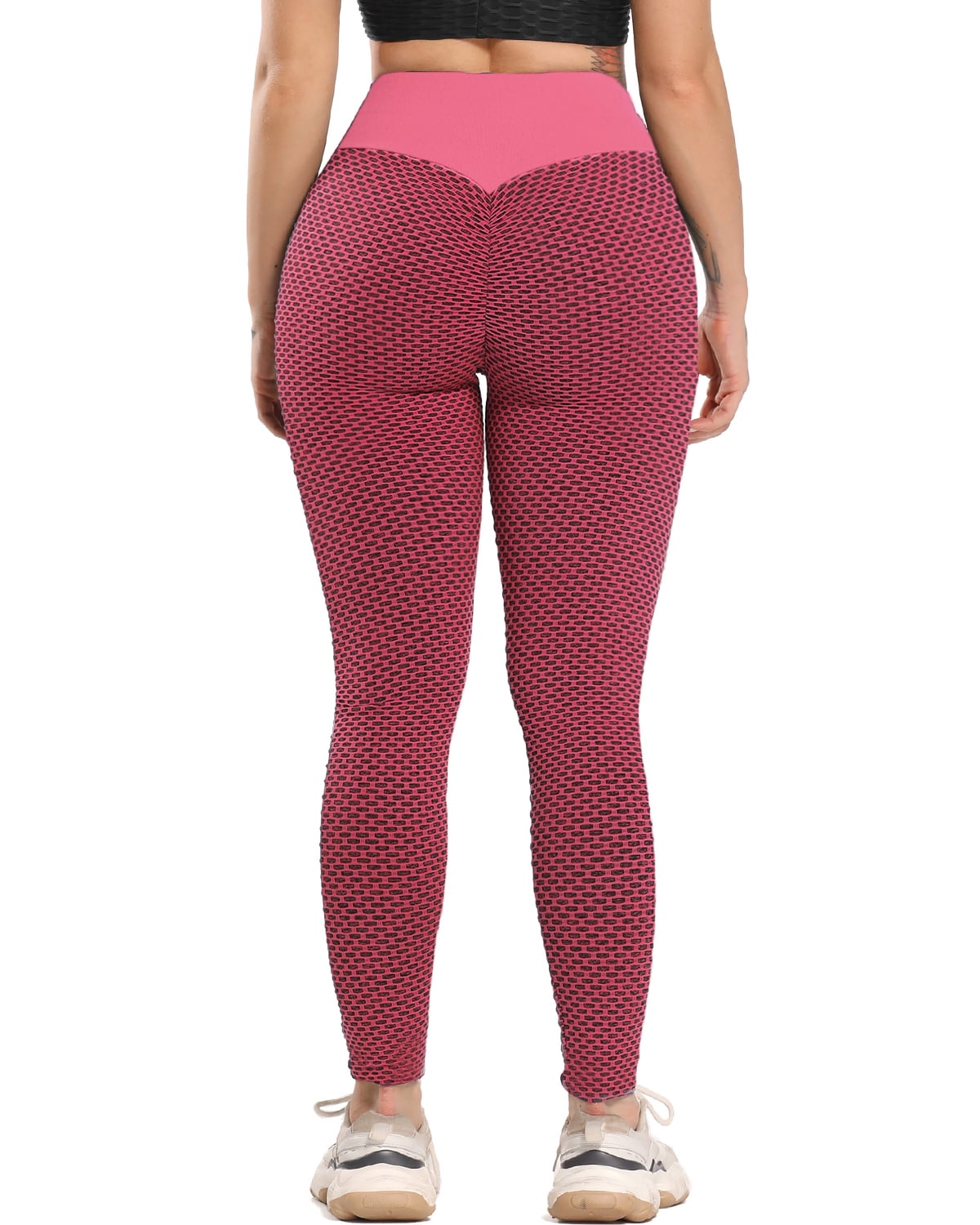Your chest, shoulders, and triceps. What is push pull legs?
Workout Push Pull Legs, Keep the arm you have pressure on extended, and tuck that hand underneath your legs against the floor. You spend one workout using your pushing muscles:

The five days ppl allows you to train major muscles effectively and twice a week. This split routine is an effective way to build muscle with less time in the gym and a more predictable schedule. Upper body pushing muscles, upper body pulling muscles, and legs. Each group is then trained separately on its own day, like this…
The push workout consists of exercises to train the upper body pushing muscles, the chest, shoulders, and triceps.
Push/pull/legs split is a straightforward training method to split your training into 3 primary movement patterns. Do push (without triceps) and pull (without biceps and forearms) on the first two days, legs on day three, and arms on day four. Each workout starts out with a compound lift using a 15 rep goal over 5 sets. What is push pull legs? • calves and abs can be trained in any workout. Your chest, shoulders, and triceps.
 Source: pinterest.com
Source: pinterest.com
Push/pull/legs split is a straightforward training method to split your training into 3 primary movement patterns. Stan efferding says 3 day push / pull / legs split is a great choice for almost anyone. The pushing muscles of the upper body, the pulling muscles, and then legs. And they typically work on the chest and shoulder, and triceps. What is.
 Source: pinterest.fr
Source: pinterest.fr
The push/pull/legs split is a workout schedule that divides the body up into three groups: • calves and abs can be trained in any workout. All movements that include pushing the weights up, down, or against the body come under the push workouts category. And they typically work on the chest and shoulder, and triceps. Push pull legs is a.
 Source: pinterest.com
Source: pinterest.com
All movements that include pushing the weights up, down, or against the body come under the push workouts category. The third workout of the week is for lower body work. A push, pull, legs program is the most effective training split there is. This allows each muscle group to get the rest they need while ensuring that there isn’t too.
 Source: pinterest.com
Source: pinterest.com
Working out large muscles twice a week builds up strength and hypertrophy more than working out once a week. Keep your chest up, pull your shoulders back and look straight ahead as you lift the bar. The push workout consists of exercises to train the upper body pushing muscles, the chest, shoulders, and triceps. You have a “push” day where.

Source: in.pinterest.com
Bulldozer training inspired me to a created a push/pull/legs routine employing heavy, medium, and light loads during each workout. In the push workout, you train all of your upper body pushing muscles. This allows each muscle group to get the rest they need while ensuring that there isn’t too much time between each session which could otherwise increase chances of.
 Source: pinterest.ca
Source: pinterest.ca
So you’ll be training each muscle twice per week. The goal here is ultimate muscle growth (that probably sounded cheesy, but that’s the goal!). It’s a bit different from the basic one above. A push day, a pull day and a leg day. Bulldozer training inspired me to a created a push/pull/legs routine employing heavy, medium, and light loads during.
 Source: pinterest.com
Source: pinterest.com
“how often should you train? That means you can slot your favorite exercises into it, and modify the workouts according to your needs. This is a great way to make sure that you are properly recovering from your workouts. The push pull legs split workout builds muscle by dividing the body into three parts: Push pull legs is a weightlifting.
 Source: pinterest.co.uk
Source: pinterest.co.uk
This allows each muscle group to get the rest they need while ensuring that there isn’t too much time between each session which could otherwise increase chances of regression. Each workout starts out with a compound lift using a 15 rep goal over 5 sets. Push pull legs is a weightlifting training split that divides your muscles into groups, where.
 Source: pinterest.com
Source: pinterest.com
Simply put, the push pull legs routine, with each workout being dedicated to either pushing, pulling or legs in each session; And they typically work on the chest and shoulder, and triceps. Your back, biceps, and rear delts. Working out large muscles twice a week builds up strength and hypertrophy more than working out once a week. The push pull.
 Source: pinterest.com
Source: pinterest.com
Keep the arm you have pressure on extended, and tuck that hand underneath your legs against the floor. And they typically work on the chest and shoulder, and triceps. That means you can slot your favorite exercises into it, and modify the workouts according to your needs. “how often should you train? You spend one workout using your pushing muscles:
 Source: pinterest.com
Source: pinterest.com
And they typically work on the chest and shoulder, and triceps. Simply put, the push pull legs routine, with each workout being dedicated to either pushing, pulling or legs in each session; Begin on your side on the floor with your legs bent in front of you. What is push pull legs? Each workout starts out with a compound lift.
 Source: pinterest.com
Source: pinterest.com
This has everything you need to know about using a push, pull, legs split, including the best exercises. Your back, biceps, and rear delts. Take the example of a pushing movement like the bench press. • legs can also be divided into push (quads) and pull (hamstrings) workouts. In the push workout, you train all of your upper body pushing.
 Source: pinterest.ch
Source: pinterest.ch
“how often should you train? The pushing muscles of the upper body, the pulling muscles, and then legs. A push day, a pull day and a leg day. Begin on your side on the floor with your legs bent in front of you. In the push workout, you train all of your upper body pushing muscles.
 Source: pinterest.com
Source: pinterest.com
You spend one workout using your pushing muscles: Use this warm up routine before each workout. This pulls against your leg, giving your bicep a workout as you curl and lifting your upper body upwards. Each workout starts out with a compound lift using a 15 rep goal over 5 sets. So you’ll be training each muscle twice per week.
 Source: pinterest.com
Source: pinterest.com
Your chest, shoulders, and triceps. Do push (without triceps) and pull (without biceps and forearms) on the first two days, legs on day three, and arms on day four. And they typically work on the chest and shoulder, and triceps. A push pull legs workout schedule is an efficient way to train, in part because muscle groups that work together.
 Source: pinterest.co.uk
Source: pinterest.co.uk
And they typically work on the chest and shoulder, and triceps. With the ppl split, you break your weekly workouts down like this: The push workout consists of exercises to train the upper body pushing muscles, the chest, shoulders, and triceps. Then you start over and rotate through these days. Working out large muscles twice a week builds up strength.
 Source: pinterest.com
Source: pinterest.com
It’s a bit different from the basic one above. That means you can slot your favorite exercises into it, and modify the workouts according to your needs. Upper body pushing muscles, upper body pulling muscles, and legs. Simply put, the push pull legs routine, with each workout being dedicated to either pushing, pulling or legs in each session; “how often.
 Source: pinterest.com
Source: pinterest.com
The second workout of the week is your pulling muscles: Push/pull/legs split is a straightforward training method to split your training into 3 primary movement patterns. In this video, i’m going to deliver the ne. The goal here is ultimate muscle growth (that probably sounded cheesy, but that’s the goal!). Keep your chest up, pull your shoulders back and look.
 Source: pinterest.com
Source: pinterest.com
The second workout of the week is your pulling muscles: In the push workout, you train all of your upper body pushing muscles. The push pull legs split workout builds muscle by dividing the body into three parts: What is push pull legs? With the ppl split, you break your weekly workouts down like this:
 Source: pinterest.com
Source: pinterest.com
Use this warm up routine before each workout. The push, pull, legs (ppl) split is a great workout program for growing strength and muscle. A push day, a pull day and a leg day. In the push workout, you train all of your upper body pushing muscles. Stan efferding says 3 day push / pull / legs split is a.
 Source: pinterest.com
Source: pinterest.com
• legs can also be divided into push (quads) and pull (hamstrings) workouts. In this video, i’m going to deliver the ne. This split routine is an effective way to build muscle with less time in the gym and a more predictable schedule. • calves and abs can be trained in any workout. Take the example of a pushing movement.
 Source: pinterest.com.mx
Source: pinterest.com.mx
Do push (without triceps) and pull (without biceps and forearms) on the first two days, legs on day three, and arms on day four. Use this warm up routine before each workout. Each workout starts out with a compound lift using a 15 rep goal over 5 sets. Begin on your side on the floor with your legs bent in.
 Source: pinterest.com
Source: pinterest.com
This is perhaps the most efficient routine out there, as the body is split in terms of type of movement., so the working muscle groups get an overall benefit from the overlap of the various movements, while. Keep the arm you have pressure on extended, and tuck that hand underneath your legs against the floor. The push/pull/legs split is a.
 Source: runningonrealfood.com
Source: runningonrealfood.com
You spend one workout using your pushing muscles: Push pull legs is a weightlifting training split that divides your muscles into groups, where each group is trained separately, on a different day. Bulldozer training inspired me to a created a push/pull/legs routine employing heavy, medium, and light loads during each workout. The push, pull, legs (ppl) split is a great.
 Source: pinterest.ca
Source: pinterest.ca
Keep the arm you have pressure on extended, and tuck that hand underneath your legs against the floor. Each group is then trained separately on its own day, like this… It’s a bit different from the basic one above. Do push (without triceps) and pull (without biceps and forearms) on the first two days, legs on day three, and arms.







